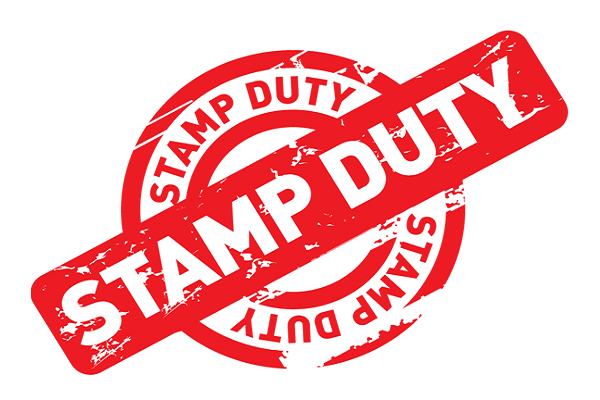With House Prices on the Rise, Millions of UK Residential Homes Move in to Higher Stamp Duty Bracket

The UK has seen more than four million homes for sale moving into a higher stamp duty tax band over the last couple of years, due to the recent house price increase.
Due to demand for properties for sale, house prices have seen a significant increase with the average cost of a residential homes skyrocketing and an average increase of 8.3% in the year to March.
According to a report issued by Zoopla, the average UK house price currently sits at £249,700, equating to a rise of £29,000 since the beginning of the covid pandemic.
March by itself, saw an increase in prices of around £441, and price growth over the last 3 months has seen a level not witnessed since back in 2007.
From the beginning of the pandemic to the end, approximately two years later, the total house price growth is recorded to be a huge 13%.
Despite this impressive increase, these figures are not evenly spread across the UK, with some regions experiencing sharp spikes in property prices, whereas in other areas homes are more affordable. For example, Wales has seen a house price growth of 12.1% whereas, the South West shows a slightly lower increase of 10.6%. London had the lowest growth at a modest 3.6%.
Zoopla’s UK House Price index also revealed a 58% increase in the demand for residential properties in the four weeks running up to the end of April, when compared with the five-year average. The number of agreed sales in the run-up to Easter this year also showed a 27% growth when compared with pre-pandemic levels.
As property prices continue on an upward trajectory, Zoopla have revealed figures estimating that around 3.5 million residential properties in England and Northern Ireland, over the last 24 months, have been pushed into the higher stamp duty tax bracket.
First time buyers have the luxury of not being required to pay any stamp duty on homes up to £300,000 in England and Northern Ireland but a whopping 1.9 million additional homes are now above that mark and are therefore subject to the higher tax.
Scotland and Wales have seen 815,000 properties move into the higher bracket showing significantly lower levels that England and Northern Ireland.
Head of research at Zoopla, Gráinne Gilmore, said: “The rise in house prices since the beginning of the pandemic, due to the demand/supply imbalance, means millions more properties are now in higher stamp duty brackets. But there are pockets of increased supply emerging, creating more choice for buyers in this busy market.”
Senior personal finance analyst at Hargreaves Lansdown, Sarah Coles, added: “The stamp duty holiday had a nasty sting in the tail. Hundreds of thousands of people have actually paid more tax, thanks to the huge hike in house prices fuelled by the tax break.
“These higher tax bills are piling yet more pressure on buyers, who are already facing the stress of rampant house price rises, hikes in mortgage rates and runaway bills, which make it increasingly difficult to cover the cost of the mortgage.
“The turning point may be precipitated by mortgage lenders, who raise rates and factor in higher costs to mortgage affordability calculations – cutting more buyers off from potential loans. Neither is likely to mean price drops, but either could significantly slow the pace of growth as we go through 2022.”
Zoopla’s report revealed that the number of homes available to buy on the market is up by 3% (on the five-year average) with some areas seeing a higher increase than others. Zoopla did warn, however, that it will still take some time for the supply to reach the levels needed, and that stock was currently sitting 40% below the 5-year average.
A 53% increase in supply has been seen in the London boroughs of Chelsea and Kensington, followed closely by a 45% increase in Erewash (East Midlands). Elmbridge in the South East and Pendle in the North West both show increases in stock of 38%.
These levels of increase in demand are starting to stabilise with house prices expected to continue to rise but at a slower pace than has been seen recently.
A 3% growth is expected in December – “but the move from 8.3 per cent to three per cent may not be a linear progression, and it may take into Q1 2023 before price growth hits this level”.




 0116 402 7982
0116 402 7982